Exploring the Impact of Self-Directed Learning with Interactive Notebooks on Students’ Experiences in a Chemical Thermodynamics Exercise
Abstract
1. Introduction
- RQ1—Usage and Acceptance of Notebooks: How did students use and accept the interactive notebooks?
- RQ2—Perceived Impact: What was the impact of the interactive notebooks and the corresponding course design as perceived by the students?
2. Related Work
2.1. Challenges of Teaching Chemical Thermodynamics
2.2. Self-Directed Learning
2.3. Interactive Learning Materials
3. Materials and Methods
3.1. Course Context
3.2. Course Design
3.3. Learning Intervention
- An explanation of the color scheme used in the notebook.
- The task definition.
- The specifications, i.e., all information required for the calculation that cannot be found in the formulary.
- The detailed step-by-step solution of the exercise highlighting intermediate results, information taken from the formulary, and final results.
3.4. Data Collection
3.5. Data Analysis
4. Results
4.1. Usage and Acceptance of the Individual Notebooks
4.2. Perceived Impact of the Individual Notebooks and the Corresponding Course Design
5. Discussion and Future Work
6. Conclusions
Author Contributions
Funding
Institutional Review Board Statement
Informed Consent Statement
Data Availability Statement
Acknowledgments
Conflicts of Interest
Appendix A. Questionnaire
| Nr. | Question | Answer Options |
|---|---|---|
| Q0 | To link your answers from the first (start of semester) and second (end of semester) survey, and so that your questionnaire can be identified (e.g., in the event of queries), we need your student ID number (matriculation number). Your ID will solely be used to link your surveys, it will not be used for analysis, and it will not be passed on to your course professors. | (open answer, enter number) |
| Q1 | With which gender do you identify yourself? | male|female|other: |
| Q2 | How old are you (in years)? | (open answer, enter number) |
| Q3 | What is your highest completed education? | Compulsory school + university entrance qualification examination|Apprenticeship + university entrance qualification examination|Apprenticeship + high school diploma/a levels (or equiv.)|High school/grammar school (or equiv.)|Vocational school (or equiv.) Bachelor’s degree|Master’s degree |
| Q4 | In which study program (curriculum) are you participating in this course? | Bachelor’s program Chemical and Process Engineering|Master’s program Environmental System Sciences/Climate Change and Environmental Technology|Master’s program Biorefinery Engineering |
| Q5 | In which semester of your current university studies are you? | 1. semester|2. semester|3. semester|4. semester|5. semester|6. semester|I am an extracurricular student. |
| Q6 | Are you employed or otherwise working while doing your university studies? | No|Yes, I work full time.|Yes, I work part-time.|Yes, I work less than part-time (earn less than 500 €/month).|I work only outside of term. |
| Q7 | How often did you already take the exam for the course “Chemical Thermodynamics 1” ? | Never before|Once|Two times|Three times|Four times|Five times |
| Q8 | Do you have any relevant previous experiences or knowledge for this course (e.g., work experience, school with technical focus)? | No|Yes: (comment) |
| Q9 | On a scale from 0 to 10, if 0 = not at all prepared and 10 = very well prepared, how well do you think you are prepared for this course? | 0|1|2|3|4|5|6|7|8|9|10 |
| Q10 | Have you ever used the Wolfram Player? | Yes|No |
| Q11 | Please mark the accuracy of the following statements on a scale from 1 to 6. (1 = not at all accurate, 6 = very accurate) | 1|2|3|4|5|6 |
| Q11a | I think Chemical Thermodynamics is an important discipline for my professional education. | |
| Q11b | I am confident that I can understand the different thermodynamic calculation methods. | |
| Nr. | Question | Answer Options |
|---|---|---|
| Q12 | Did you participate in the first part of this survey about your university course “Chemical Thermodynamics I” or “Introduction Into Process Simulation and Process Design”, at the beginning of this semester? | Yes, I participated in the first part of the survey.|No, I did not participate. |
| (if Yes selected—continued questions, if No selected—questions Q1–Q8 were administered.) | ||
| Q13 | Please mark the accuracy of the following statements on a scale from 1 to 6. (1 = not at all accurate, 6 = very accurate) | 1|2|3|4|5|6 |
| Q13a | I think Chemical Thermodynamics is an important discipline for my professional education. | |
| Q13b | I am confident that I can understand the different thermodynamic calculation methods. | |
| Q14 | How many course units did you attend? | None|Only a few units.|About 50% of all units.|Most units.|All of the units. |
| Q15 | How would you rate the difficulty level (content wise) of this course, with respect to the given ECTS-points? | Much too low|Somewhat too low|Appropriate|Somewhat too high|Much too high |
| Q16 | How satisfied are you with the course in generally? | Very unsatisfied|Unsatisfied|Neither unsatisfied nor satisfied|Satisfied|Very satisfied |
| Q17 | Do you expect to pass the course “Chemical Thermodynamics 1” in the current summer semester? | Yes, I expect to pass.|No, I don’t expect to pass. |
| Q18 | How much did you learn in this course for your general course of study and your professional education? | Very little|Somewhat little|Average|Somewhat much|Very much |
| Q19 | Did you use the available videos for solving the exercises? | Yes|No |
| Q20 | Did you use the interactive notebooks in the TeachCenter? | Yes|No |
| Q21 | If Q20—Yes: How did you use the interactive notebooks? | For solving the course exercises|For understanding the course contents|For exam preparation|Other use: (open answer) |
| Q22 | If Q20—No: Why didn’t you use the interactive notebooks? | (Open answer) |
| Q23 | How easy did you find the installation of the Wolfram Player? | Very difficult|Rather difficult|Average|Rather easy|Very easy |
| Q24 | How easy was it to use the Wolfram Player? | Very difficult|Rather difficult|Average|Rather easy|Very easy |
| Q26 | What did you like about the interactive notebooks? What was helpful/useful for you? | (open answer) |
| Nr. | Question Cronbach’s Alpha/Number of Samples | Answer Options | Mean | Median | SD |
|---|---|---|---|---|---|
| Q25 | Please rate the following statements about your experiences in this course and the interactive notebooks in the TeachCenter on a 6-point scale from 1 = “do not agree at all” to 6 “fully agree”. | 1|2|3|4|5|6 | |||
| ; | |||||
| Q25a | The interactive notebooks make it easier to decide about my own ways, strategies and pace for learning. | 4.32 | 4 | 1.36 | |
| Q25b | With the help of the interactive notebooks, I have a better overviews over my learning progress/I can estimate better what I already know and don’t know. | 4.23 | 4 | 1.49 | |
| Q25c | I think the interactive notebooks are easy to understand. | 4.75 | 5 | 1.09 | |
| Q25d | The interactive notebooks help me to feel motivated for learning, and to keep up my motivation. | 3.80 | 4 | 1.27 | |
| Q25e | In this technology-enhanced course, I gain professional knowledge and skills. | 4.61 | 5 | 1.23 | |
| Q25f | The interactive notebooks make the requirements for successfully finishing this course (e.g. passing the exam) clearer. | 4.50 | 5 | 1.25 | |
| Q25g | I think that the interactive notebooks can help in facilitating excitement about the topics of this university course. | 4.29 | 4 | 1.29 | |
| Q25h | The interactive notebooks have positively influenced the quality of this university course. | 4.86 | 5 | 1.22 | |
| Q27 | Please rate the following statements on a 5-point scale from 1 = “do not agree at all” to 5 = “fully agree”. | 1|2|3|4|5 | 3.88 | 4 | 0.87 |
| ; | |||||
| Q27a | Learning with the interactive notebooks has improved my learning performance. | 3.66 | 4 | 1.03 | |
| Q27b | Learning with the interactive notebooks has increased my academic productivity. | 3.61 | 4 | 0.97 | |
| Q27c | Learning with the interactive notebooks has made it easier to learn course content. | 4.09 | 4 | 1.01 | |
| Q27d | Learning with the interactive notebooks has enhanced the effectiveness of learning. | 3.77 | 4 | 1.08 | |
| Q27e | I find the interactive notebooks useful. | 4.27 | 5 | 1.02 | |
| Q28 | Please rate the following statements on a 5-point scale from 1 = “do not agree at all” to 5 = “fully agree”. | 1|2|3|4|5 | 4.24 | 4.4 | 0.81 |
| ; | |||||
| Q28a | Learning using the interactive notebooks is a good idea. | 4.36 | 5 | 0.92 | |
| Q28b | I feel positive towards the use of the interactive notebooks. | 4.39 | 5 | 0.81 | |
| Q28c | I believe that the interactive notebooks help in being more engaged in learning. | 3.93 | 4 | 1.09 | |
| Q28d | I generally favor the use of interactive course materials for learning. | 4.34 | 5 | 0.94 | |
| Q28e | I would like to use the interactive notebooks for my future coursework. | 4.20 | 5 | 1.02 |
| 1 | Among the three students who did not use the notebooks, one stated that they were “too lazy”, and one stated that they had not yet managed to but planned to use them in the future. One did not provide reasons. |
References
- Bain, K., Moon, A., Mack, M. R., & Towns, M. H. (2014). A review of research on the teaching and learning of thermodynamics at the university level. Chemistry Education Research and Practice, 15(3), 320–335. [Google Scholar] [CrossRef]
- Bangerl, M., Dennerlein, S., Maitz, K., Nitschke, M., Ebner, M., & Pammer-Schindler, V. (2024). Supporting sustainable and user-oriented educational technology innovation with the university innovation canvas. Education Sciences, 14(5), 528. [Google Scholar] [CrossRef]
- Bartlett, M. S. (1954). A note on the multiplying factors for various χ2 approximations. Journal of the Royal Statistical Society. Series B (Methodological), 16(2), 296–298. [Google Scholar] [CrossRef]
- Braun, V., & Clarke, V. (2006). Using thematic analysis in psychology. Qualitative Research in Psychology, 3(2), 77–101. [Google Scholar] [CrossRef]
- Cronbach, L. J. (1951). Coefficient alpha and the internal structure of tests. Psychometrika, 16(3), 297–334. [Google Scholar] [CrossRef]
- Dennerlein, S., Pammer-Schindler, V., Ebner, M., Getzinger, G., & Ebner, M. (2020). Designing a sandpit-and co-design-informed innovation process for scaling TEL research in higher education. In Wirtschaftsinformatik (community tracks) (pp. 49–56). Publisher. [Google Scholar]
- Dent, A. L., & Koenka, A. C. (2016). The relation between self-regulated learning and academic achievement across childhood and adolescence: A meta-analysis. Educational Psychology Review, 28, 425–474. [Google Scholar] [CrossRef]
- Friedmann, T., Bai, J. D. K., Ahmad, S., Barbieri, R. M., Iqbal, S., & Richman, P. S. (2020). Outcomes of introducing a mobile interactive learning resource in a large medical school course. Medical Science Educator, 30, 25–29. [Google Scholar] [CrossRef] [PubMed]
- Garrison, D. R. (1997). Self-directed learning: Toward a comprehensive model. Adult Education Quarterly, 48(1), 18–33. [Google Scholar] [CrossRef]
- Ghani, M. T. A., Hamzah, M., Ramli, S., Ab, W., Daud, A. W., Romli, T. R. M., & Mokhtar, N. N. M. (2019). A questionnaire-based approach on technology acceptance model for mobile digital game-based learning. Journal of Global Business and Social Entrepreneurship (GBSE), 5(14), 11–21. [Google Scholar]
- Greene, B. A. (2015). Measuring cognitive engagement with self-report scales: Reflections from over 20 years of research. Educational Psychologist, 50(1), 14–30. [Google Scholar] [CrossRef]
- Hadaya, A., & Hanif, M. (2019). The impact of using the interactive E-book on students’ learning outcomes. International Journal of Instruction, 12(2), 709–722. [Google Scholar] [CrossRef]
- Hwang, G.-J., & Lai, C.-L. (2017). Facilitating and bridging out-of-class and in-class learning: An interactive e-book-based flipped learning approach for math courses. Journal of Educational Technology & Society, 20(1), 184–197. [Google Scholar]
- Janlert, L.-E., & Stolterman, E. (2017). The meaning of interactivity—Some proposals for definitions and measures. Human–Computer Interaction, 32(3), 103–138. [Google Scholar] [CrossRef]
- Kaiser, H. F. (1974). An index of factorial simplicity. Psychometrika, 39(1), 31–36. [Google Scholar] [CrossRef]
- Kaplar, M., Radović, S., Veljković, K., Simić-Muller, K., & Marić, M. (2022). The influence of interactive learning materials on solving tasks that require different types of mathematical reasoning. International Journal of Science and Mathematics Education, 20(2), 411–433. [Google Scholar] [CrossRef] [PubMed]
- Kuckartz, U., Rädiker, S., Ebert, T., & Schehl, J. (2013). Statistik: Eine verständliche einführung. VS Verlag für Sozialwissenschaften. [Google Scholar] [CrossRef]
- Kuo, Y.-C., Walker, A. E., Schroder, K. E., & Belland, B. R. (2014). Interaction, internet self-efficacy, and self-regulated learning as predictors of student satisfaction in online education courses. The Internet and Higher Education, 20, 35–50. [Google Scholar] [CrossRef]
- Li, K. (2019). MOOC learners’ demographics, self-regulated learning strategy, perceived learning and satisfaction: A structural equation modeling approach. Computers & Education, 132, 16–30. [Google Scholar] [CrossRef]
- Li, S., Yamaguchi, S., & Takada, J.-i. (2018). The influence of interactive learning materials on self-regulated learning and learning satisfaction of primary school teachers in Mongolia. Sustainability, 10(4), 1093. [Google Scholar] [CrossRef]
- Lopes, A. P., Soares, F., de Oliveira, C. T., Rodrigues, A., Torres, C., & Lopes, I. C. (2020). Creating interactive learning materials to promote statistical skills in higher education. In Inted2020 proceedings (pp. 4160–4167). Publisher. [Google Scholar]
- Mega, C., Ronconi, L., & De Beni, R. (2014). What makes a good student? How emotions, self-regulated learning, and motivation contribute to academic achievement. Journal of Educational Psychology, 106(1), 121. [Google Scholar] [CrossRef]
- Mikroyannidis, A., Domingue, J., Third, A., Smith, A., & Guarda, N. (2015, June 2–4). Online learning and experimentation via interactive learning resources. 2015 3rd Experiment International Conference (exp. at’15) (pp. 191–196), Ponta Delgada, Portugal. [Google Scholar]
- Moore, M. G. (1989). Three types of interaction. American Journal of Distance Education, 3(2), 1–7. [Google Scholar] [CrossRef]
- Naftaliev, E., & Yerushalmy, M. (2022). Guiding students’ learning with an interactive diagram: The case of equations. The Journal of Mathematical Behavior, 68, 101008. [Google Scholar] [CrossRef]
- Paechter, M., Fritz, B., Maier, B., & Manhal, S. (2007). estudy—Elearning im studium: Wie beurteilen und nutzen studierende elearning? [Tech. Rep.]. Karl-Franzens-Universität Graz, Institut für Psychologie, Arbeitsbereich Pädagogische Psychologie. Available online: https://forschungsnetzwerk.ams.at/dam/jcr:c21d2e08-80d5-40d3-a5c9-534b890f232a/2007_graz_eSTUDY_Endbericht.pdf (accessed on 14 September 2025).
- Panadero, E. (2017). A review of self-regulated learning: Six models and four directions for research. Frontiers in Psychology, 8, 422. [Google Scholar] [CrossRef]
- Partanen, L. (2016). Student-oriented approaches in the teaching of thermodynamics at universities—Developing an effective course structure. Chemistry Education Research and Practice, 17(4), 766–787. [Google Scholar] [CrossRef]
- Ryan, M. D., & Reid, S. A. (2016). Impact of the flipped classroom on student performance and retention: A parallel controlled study in general chemistry. Journal of Chemical Education, 93(1), 13–23. [Google Scholar] [CrossRef]
- Saichaie, K. (2020). Blended, flipped, and hybrid learning: Definitions, developments, and directions. New Directions for Teaching and Learning, 2020(164), 95–104. [Google Scholar] [CrossRef]
- Sandler, S. I. (2015). Using Aspen Plus in thermodynamics instruction: A step-by-step guide. John Wiley & Sons. [Google Scholar]
- Sokrat, H., Tamani, S., Moutaabbid, M., & Radid, M. (2014). Difficulties of students from the faculty of science with regard to understanding the concepts of chemical thermodynamics. Procedia-Social and Behavioral Sciences, 116, 368–372. [Google Scholar] [CrossRef]
- Sözbilir, M. (2004). What makes physical chemistry difficult? Perceptions of Turkish chemistry undergraduates and lecturers. Journal of Chemical Education, 81(4), 573. [Google Scholar] [CrossRef]
- Sreenivasulu, B., & Subramaniam, R. (2013). University students’ understanding of chemical thermodynamics. International Journal of Science Education, 35(4), 601–635. [Google Scholar] [CrossRef]
- Venkatesh, V., Thong, J. Y., & Xu, X. (2012). Consumer acceptance and use of information technology: Extending the unified theory of acceptance and use of technology. MIS Quarterly, 36(1), 157–178. [Google Scholar] [CrossRef]
- Weber, I., Bauer, A., Hoefler, F., Brückner, A., & Haagen-Schützenhöfer, C. (2024). Enhancing thermodynamics education: Insights from student knowledge assessments on (ir)reversible processes and (non)equilibrium phenomena. Education Sciences, 14(12), 1395. [Google Scholar] [CrossRef]
- Wolfram Research, Inc. (2024). Mathematica (Version 14.1). Wolfram Research, Inc. Available online: https://www.wolfram.com/mathematica (accessed on 10 August 2024).
- Wolfram Research, Inc. (2025). Wolfram player (Version 14.2). Wolfram Research, Inc. Available online: https://www.wolfram.com/player/ (accessed on 14 March 2025).
- Yang, H., Ren, W., & Huang, T. (2017, June 27–29). Interactive learning resources based on cognitive load: Design and application. 2017 International Symposium on Educational Technology (ISET) (pp. 208–211), Hong Kong, China. [Google Scholar]
- Zimmerman, B. J. (1990). Self-regulated learning and academic achievement: An overview. Educational Psychologist, 25(1), 3–17. [Google Scholar] [CrossRef]
- Zimmerman, B. J. (2002). Becoming a self-regulated learner: An overview. Theory into Practice, 41(2), 64–70. [Google Scholar] [CrossRef]
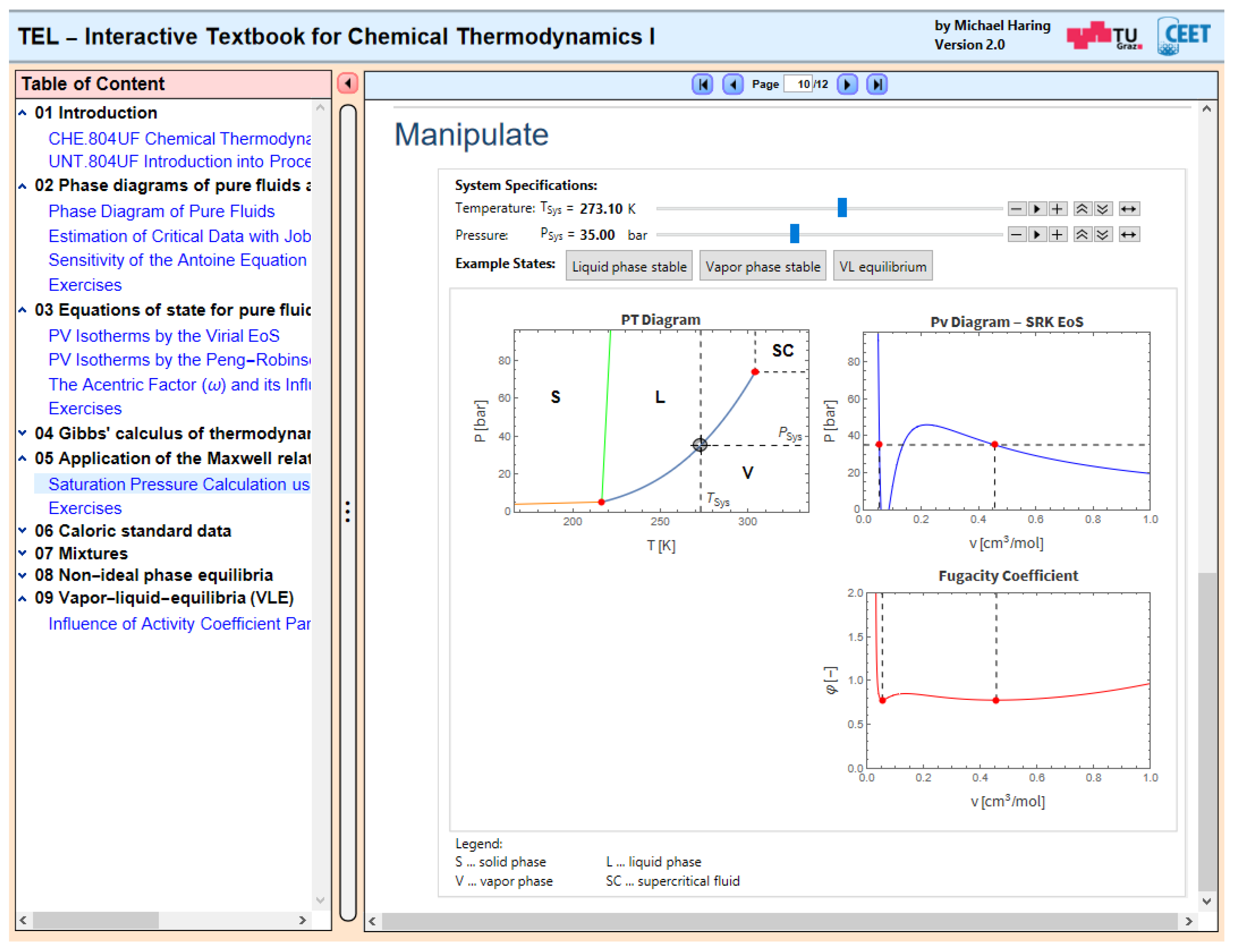
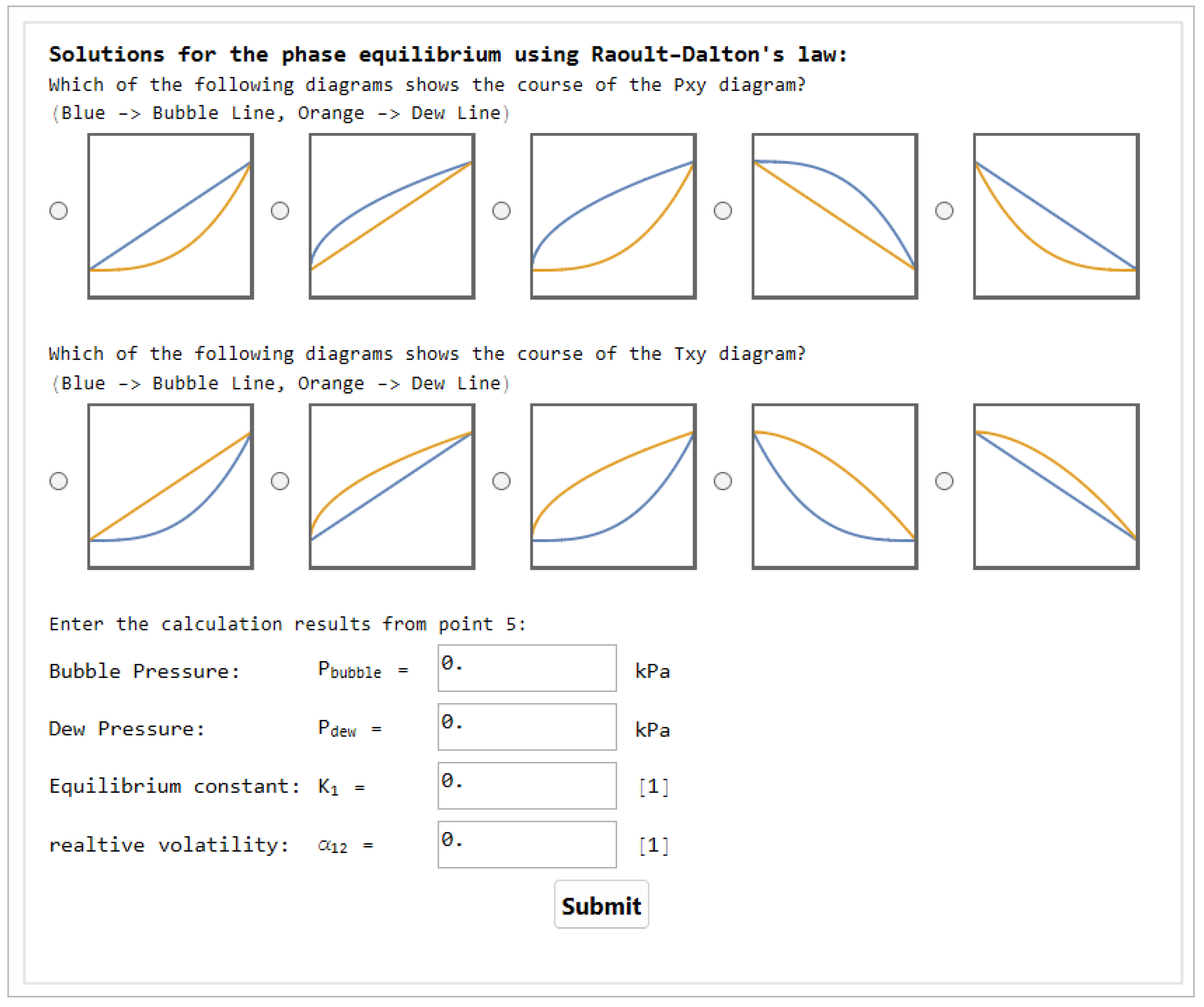

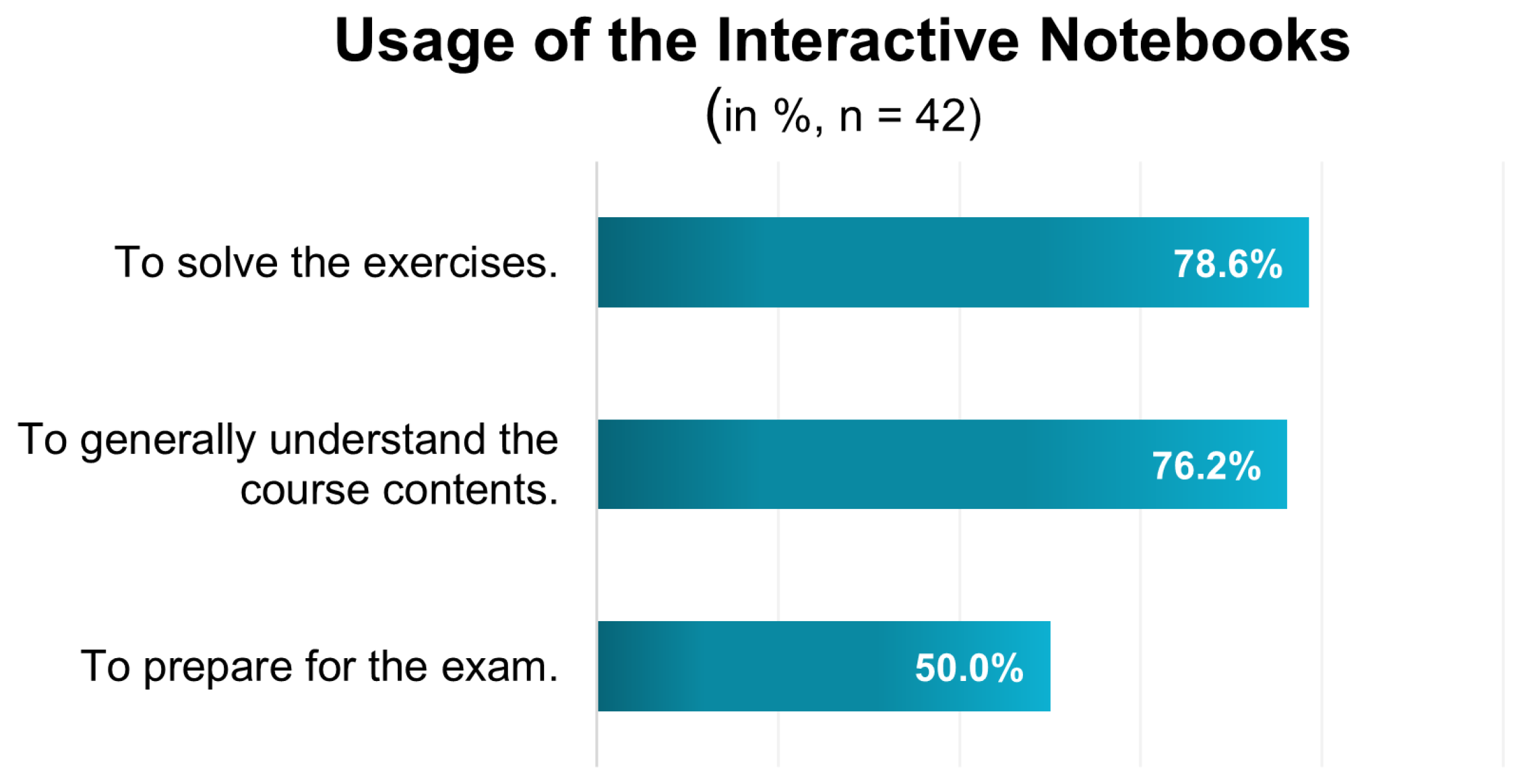
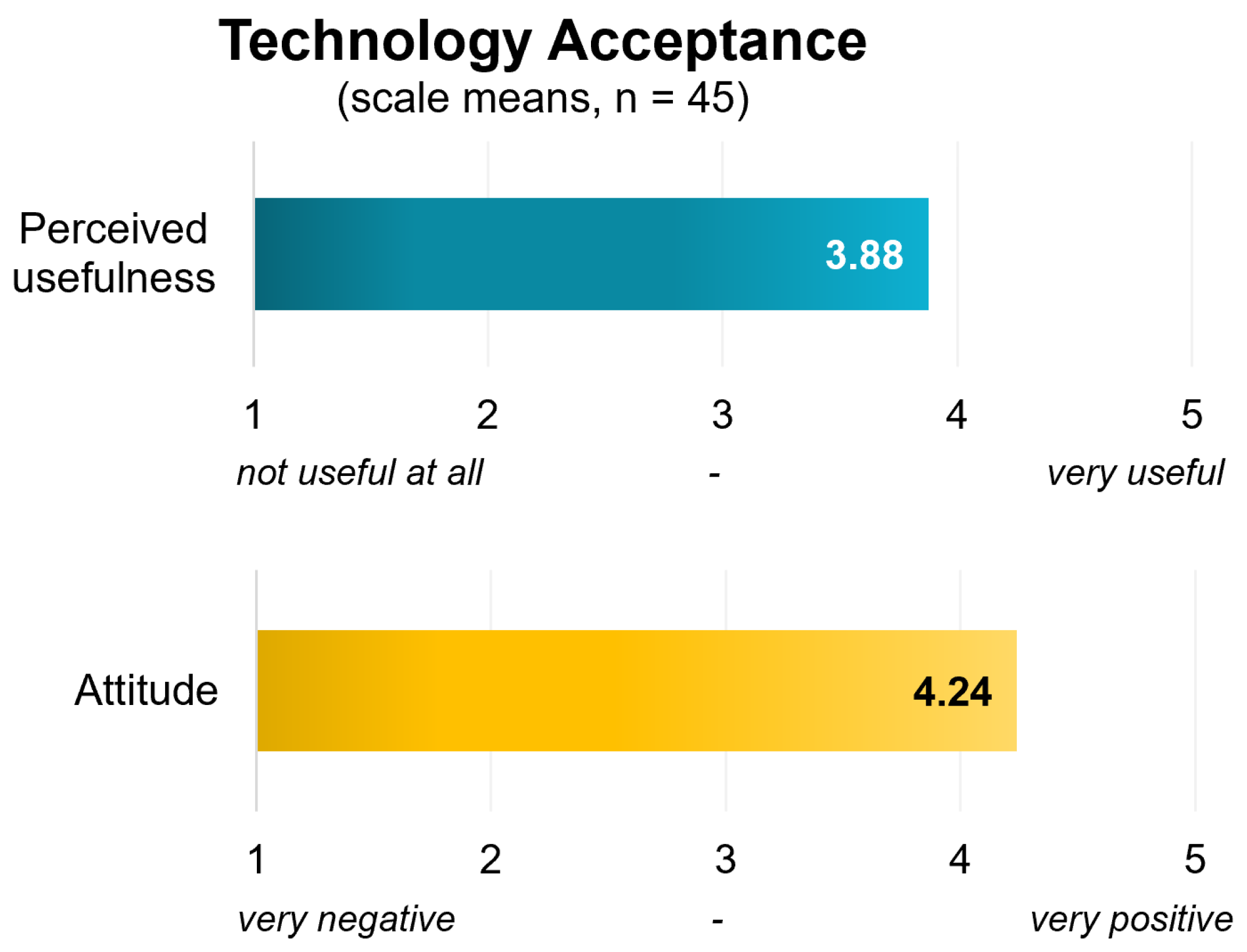
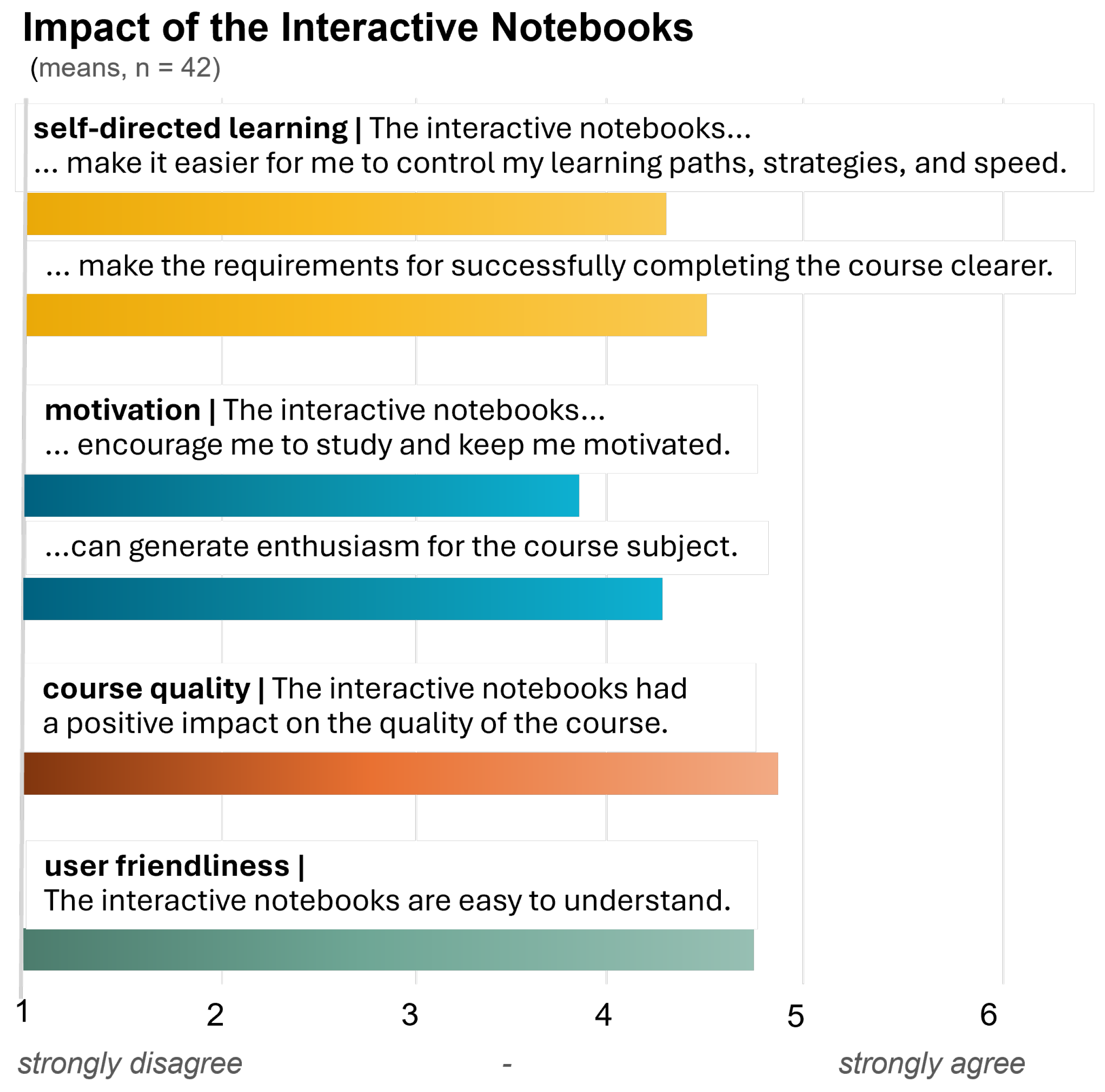
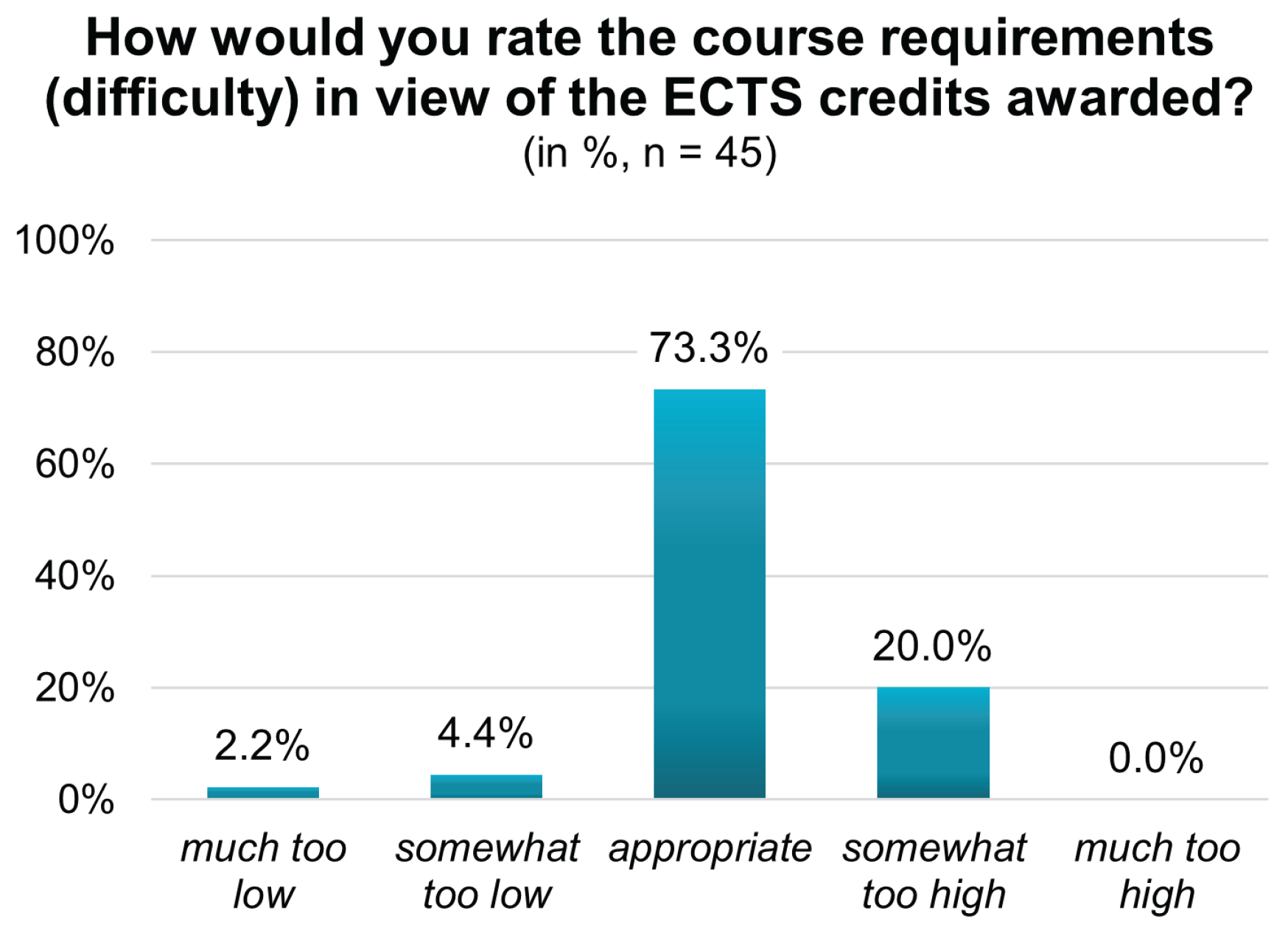
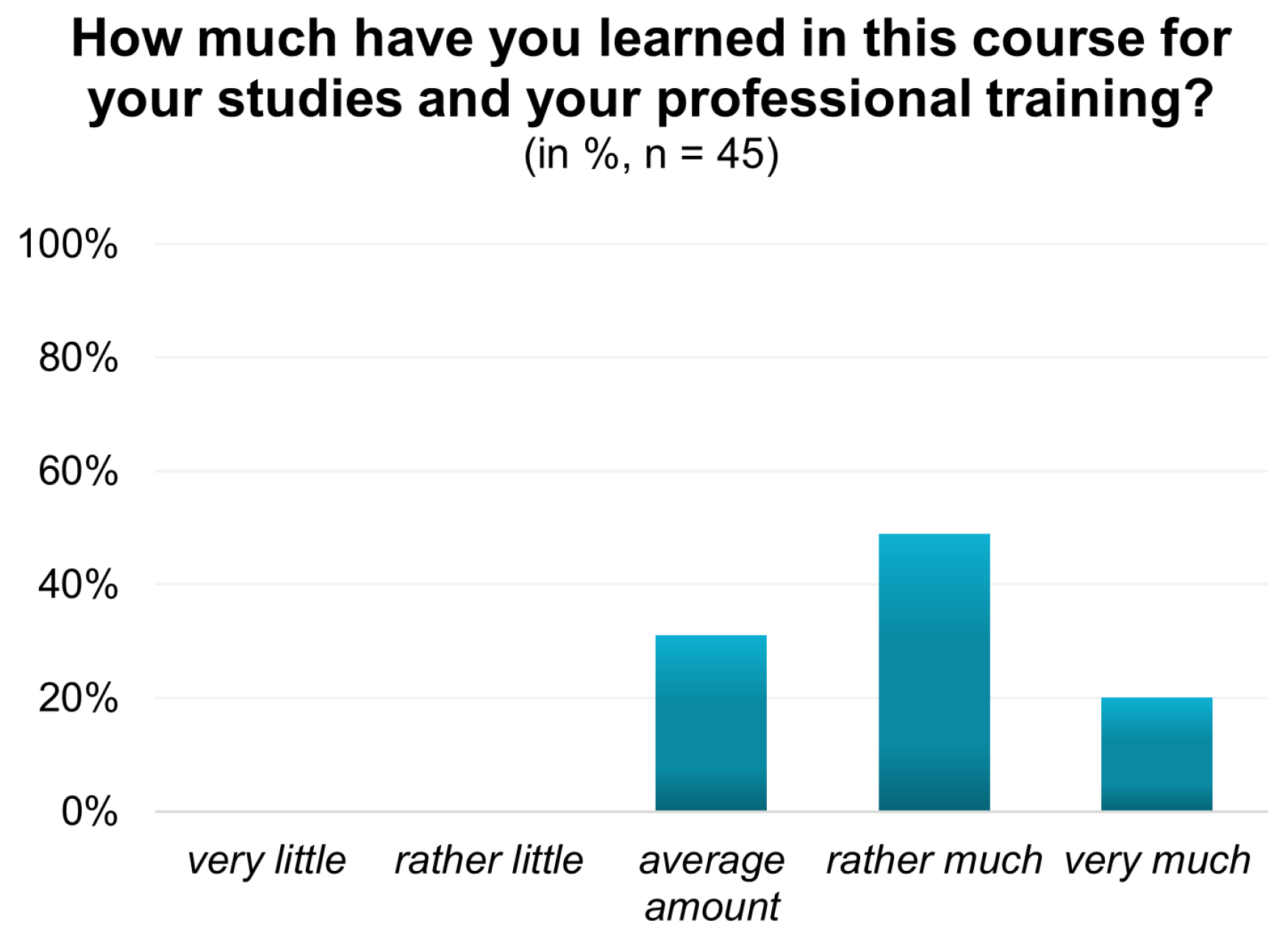
| Task definition | What is the goal? What must be calculated in what way? |
| Specifications | Which data are given? Which formulae do we need from the formulary? |
| Plan of attack | What is the calculation procedure, step by step? |
| Calculation | What are the selected calculation steps of interest in detail—on the blackboard? |
| Watchpoints and pitfalls | Where did we have trouble figuring it out? |
Disclaimer/Publisher’s Note: The statements, opinions and data contained in all publications are solely those of the individual author(s) and contributor(s) and not of MDPI and/or the editor(s). MDPI and/or the editor(s) disclaim responsibility for any injury to people or property resulting from any ideas, methods, instructions or products referred to in the content. |
© 2025 by the authors. Licensee MDPI, Basel, Switzerland. This article is an open access article distributed under the terms and conditions of the Creative Commons Attribution (CC BY) license (https://creativecommons.org/licenses/by/4.0/).
Share and Cite
Haring, M.; Bangerl, M.M.; Wallek, T. Exploring the Impact of Self-Directed Learning with Interactive Notebooks on Students’ Experiences in a Chemical Thermodynamics Exercise. Educ. Sci. 2025, 15, 1334. https://doi.org/10.3390/educsci15101334
Haring M, Bangerl MM, Wallek T. Exploring the Impact of Self-Directed Learning with Interactive Notebooks on Students’ Experiences in a Chemical Thermodynamics Exercise. Education Sciences. 2025; 15(10):1334. https://doi.org/10.3390/educsci15101334
Chicago/Turabian StyleHaring, Michael, Mia Magdalena Bangerl, and Thomas Wallek. 2025. "Exploring the Impact of Self-Directed Learning with Interactive Notebooks on Students’ Experiences in a Chemical Thermodynamics Exercise" Education Sciences 15, no. 10: 1334. https://doi.org/10.3390/educsci15101334
APA StyleHaring, M., Bangerl, M. M., & Wallek, T. (2025). Exploring the Impact of Self-Directed Learning with Interactive Notebooks on Students’ Experiences in a Chemical Thermodynamics Exercise. Education Sciences, 15(10), 1334. https://doi.org/10.3390/educsci15101334







